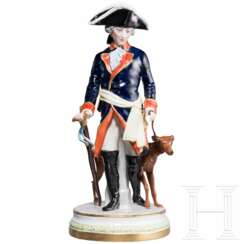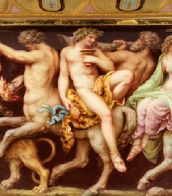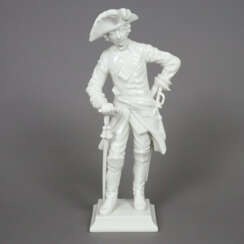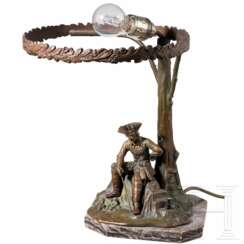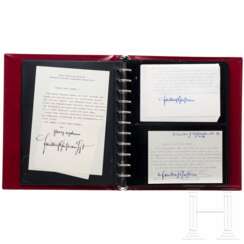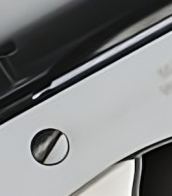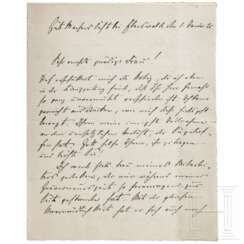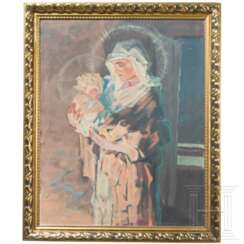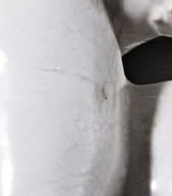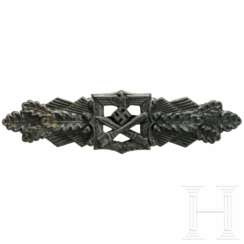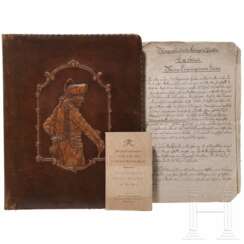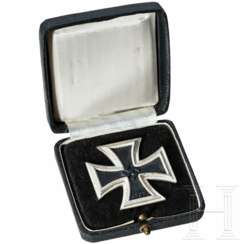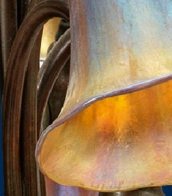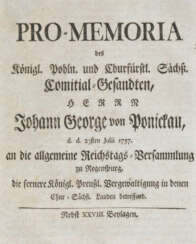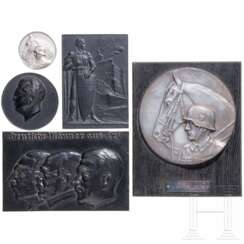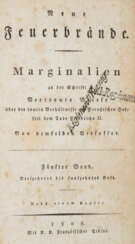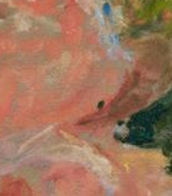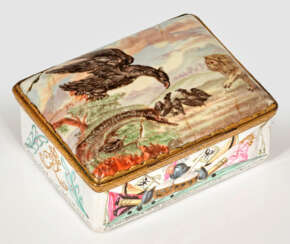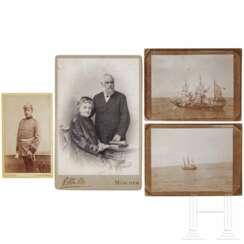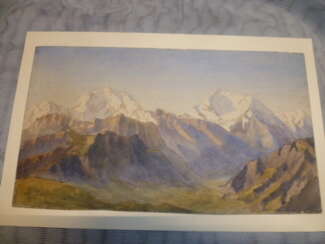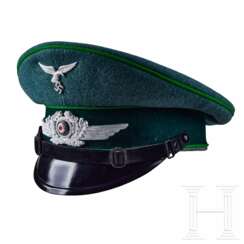62 Items by auctions and galleries:
friedrich ii.
Lot 11076 Claude Dornier (1884 - 1969) - a thank-you telegram to the Captain of his seaplane Friedrich Christiansen after the successful landing of Do X on Lake Zurich on November 2, 1932
A107r: Orden und Militaria ab 1919 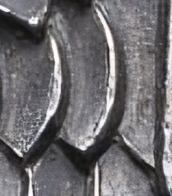

Hermann Historica
A107r: Orden und Militaria ab 1919
Date: 14.11.2025 10:00 UTC +01:00
Number of lots in the catalog: 965
Lot 10279 Prinz Friedrich Christian, Herzog von Sachsen (1893 - 1968), und Prinz Georg - Sammlung persönliche Korrespondenz, 1930er - 1960er Jahre
A107m: Orden und Militaria bis 1918 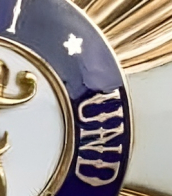

Hermann Historica
A107m: Orden und Militaria bis 1918
Date: 13.11.2025 10:00 UTC +01:00
Number of lots in the catalog: 514
Lot 10424 Schriftsteller Friedrich Lienhard (1865 - 1929) - eigenhändige Unterschrift auf einem kleinen Papierbogen mit dem gedrucktem Gedicht "Das Rosenkreuz"
A107m: Orden und Militaria bis 1918 

Hermann Historica
A107m: Orden und Militaria bis 1918
Date: 13.11.2025 10:00 UTC +01:00
Number of lots in the catalog: 514
Lot 10168 Friedrich der Große - "Morgenstunden des Königs in Preußen", Abschrift des 19. Jhdts. in lederner Schreibmappe mit geschnittener Darstellung des Königs
A107m: Orden und Militaria bis 1918 

Hermann Historica
A107m: Orden und Militaria bis 1918
Date: 13.11.2025 10:00 UTC +01:00
Number of lots in the catalog: 514
Jungfrau und Watzmann
Leopold Rottmann (1812 - 1881) 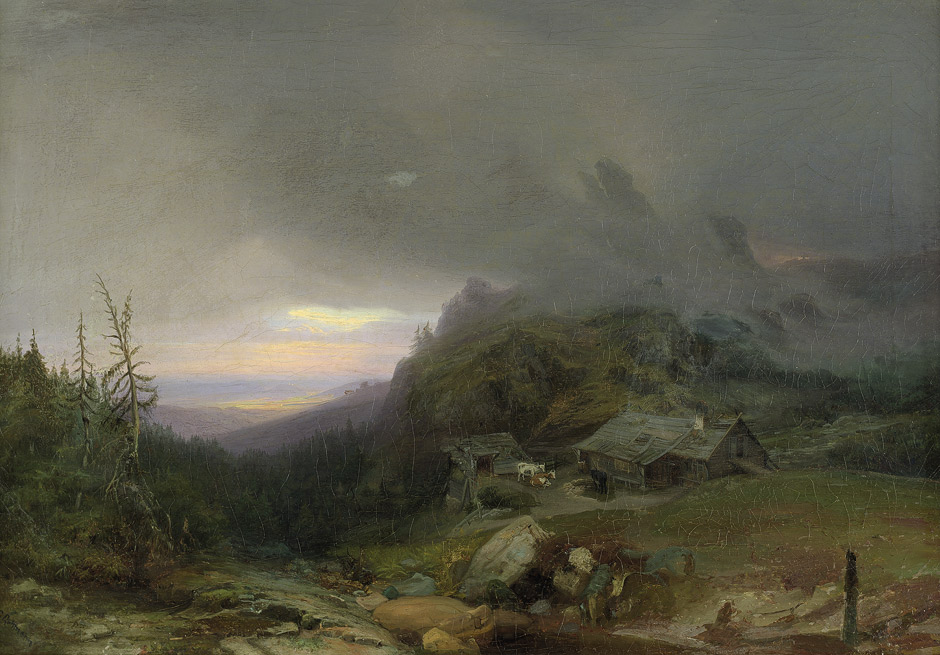 Shop Artkunst
Shop Artkunst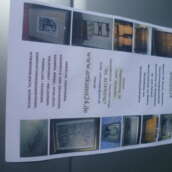

Leopold Rottmann
02.10.1812 - 26.03.1881
Germany
Leopold Rottmann was a German painter of the mid-nineteenth century. He is known as a landscape painter who worked in oil painting and watercolor.
Leopold Rottmann was a proponent of naturalistic and heroic-historical painting. He was the drawing teacher of the future King Ludwig II of Bavaria. Later commissioned by Ludwig, who was inspired by Richard Wagner, Rottmann created the artwork for the production of the composer's opera Lohengrin in 1861.

Shop
Artkunst
Germany
Number of products: 144
Lot 5130 A Visor Cap for Luftwaffe Police “General Göring”
A106us: A US Lifetime Headgear Collection and other Imperial and WW II Collectibles 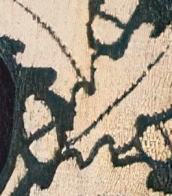

Hermann Historica
A106us: A US Lifetime Headgear Collection and other Imperial and WW II Collectibles
Date: 08.11.2025 14:00 UTC +01:00
Number of lots in the catalog: 511
